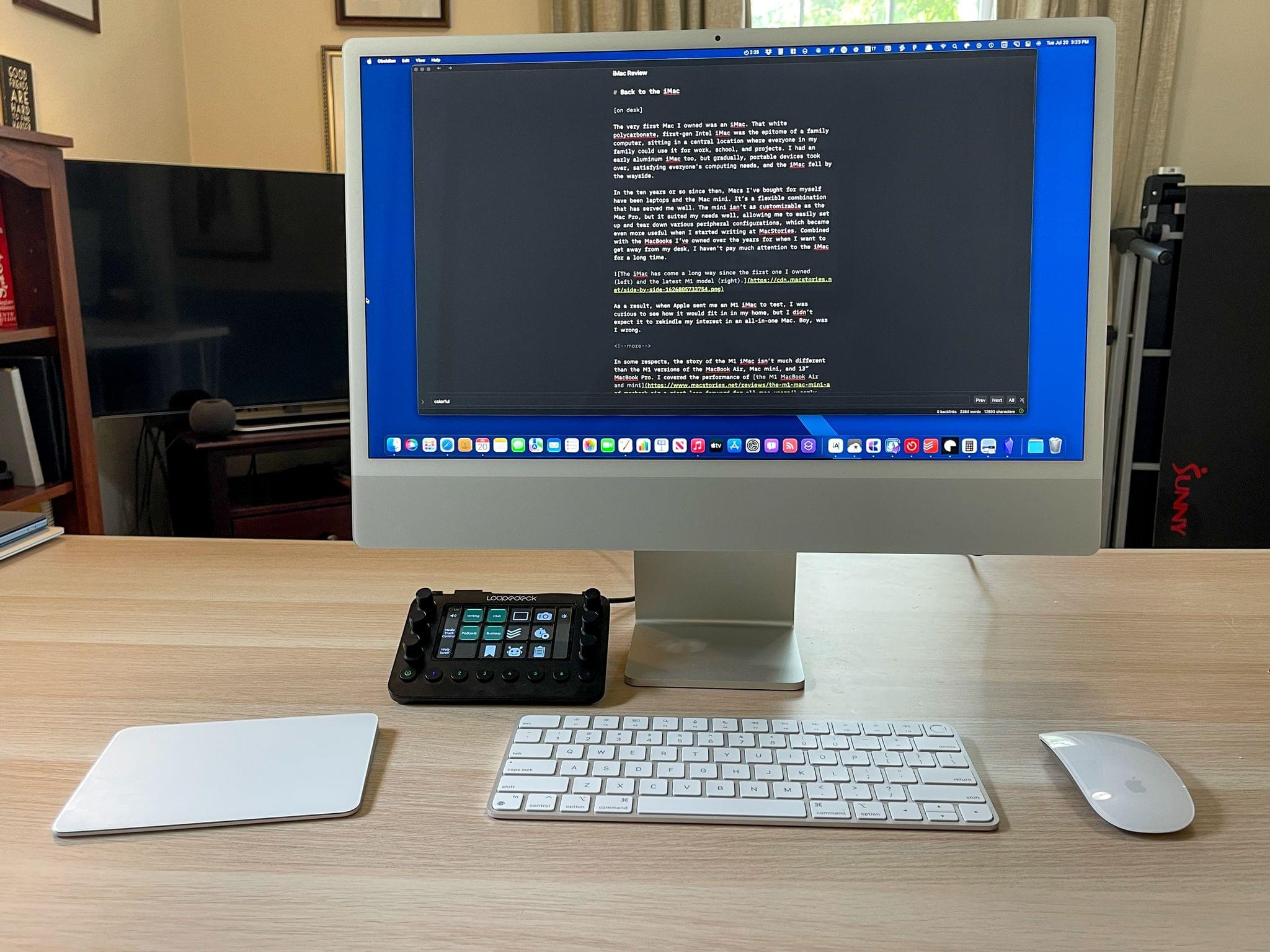

Again, we see another multi-core result from the M1 Mac mini that’s more than twice that of the old Mac mini. This app does CPU-based ray traced rendering, so while it’s of interest to creative professionals, it’s a good way to measure performance in a production environment. Higher scores/longer bars are better.Īnother way to gauge performance is by looking at benchmark results from Cinebench R23. Results are expressed in Cinebench scores. Cinebench R23 multi-core and single-core benchmarks IDG The new Mac mini makes the old Mac mini look, well, old. The M1 Mac mini nearly doubled the single-core CPU result of the Core i3 Mac mini, and it more than doubled the performance in multi-core testing. The Geekbench 5 benchmark is good gauge for overall performance. Results are expressed in Geekbench scores. Geekbench 5 single CPU and multi CPU benchmarks IDG This is the Mac that the M1 model replaces in Apple’s lineup. For comparison, we also tested 2018 3.6GHz quad-core Intel Core i3 Mac mini, which sold for $799 when it was released. We ran several benchmarks to gauge the performance of the M1 Mac mini. If you want to learn more about the M1 and why an SoC makes Macs so fast, read this overview about the M1 SoC. They’ve been making SoCs for the iPhone and iPad for years. And Apple isn’t really new to all of this. Those components are now brought together on a single chip (the RAM is technically separate chips on the same package). Before the M1, Macs had separate chips for the processors, graphics, RAM, controllers, and more. Sure, Apple benefits business-wise by controlling as much as it can, but if Apple really didn’t care about the evolution of the Mac (as some longtime users believe, because iPhone), it wouldn’t make this change.Īpple calls the M1 a system on a chip (SoC).
#M1 mac mini review software#
Apple wants to make hardware and software with features that can’t be achieved without fundamental changes. There are a lot of reason why Apple wants to switch, and for you, the user, the reason are good. But why should you care?Īpple doesn’t just switch chips for no good reason. Now, in 2020, Apple has started the two-year process to switch from Intel chips to its own. In 2005, Apple announced the transition from PowerPC to Intel processors. In the mid 1990s, Apple switched from Motorola 68000 processors to the PowerPC. Processor changes are not new to the Mac. Before we dive into the performance results, let’s talk a little about why this Mac mini is so fast.


 0 kommentar(er)
0 kommentar(er)
